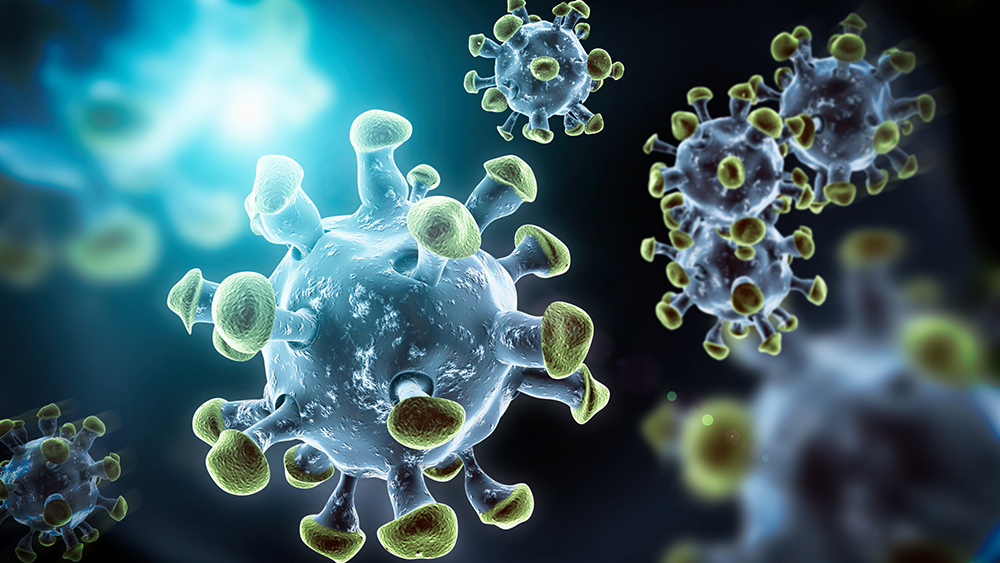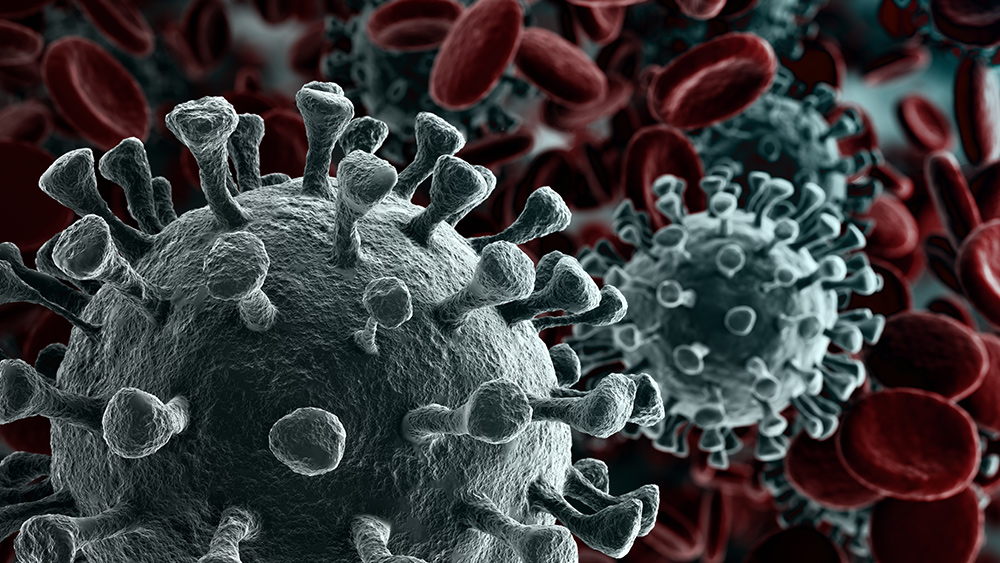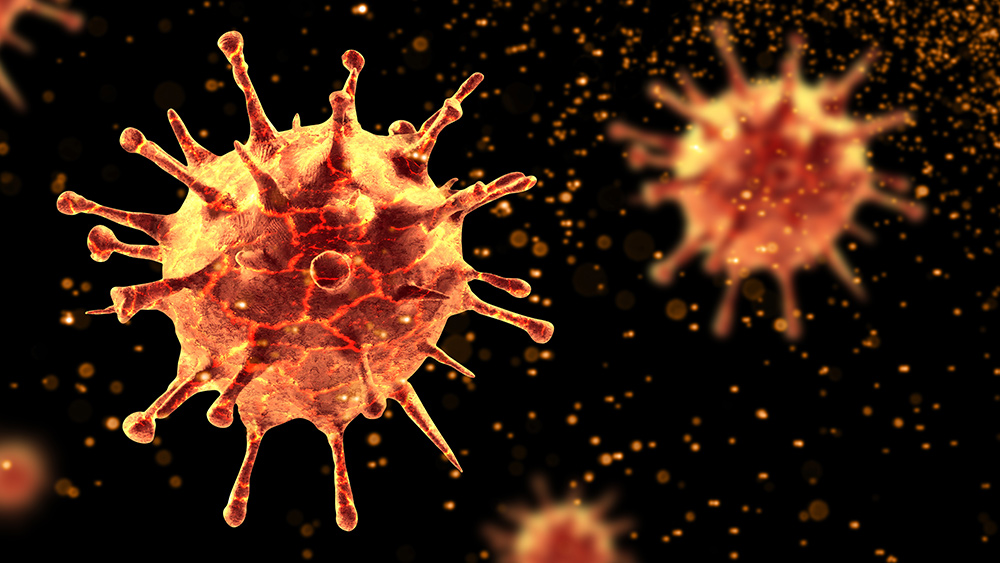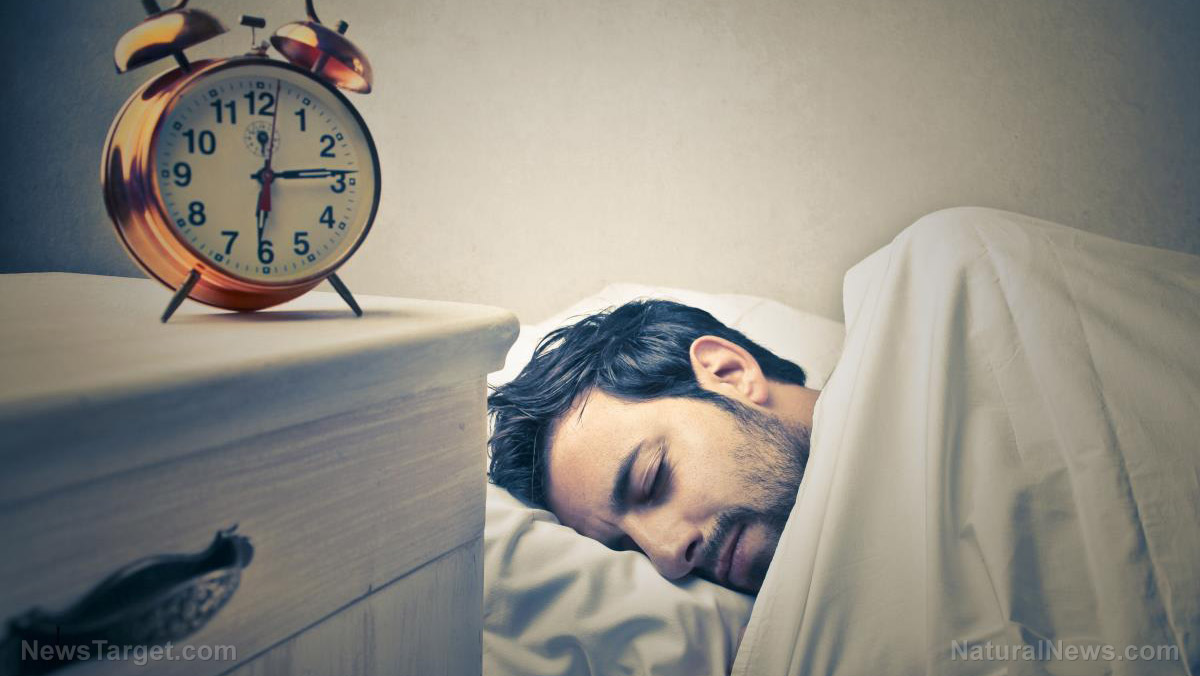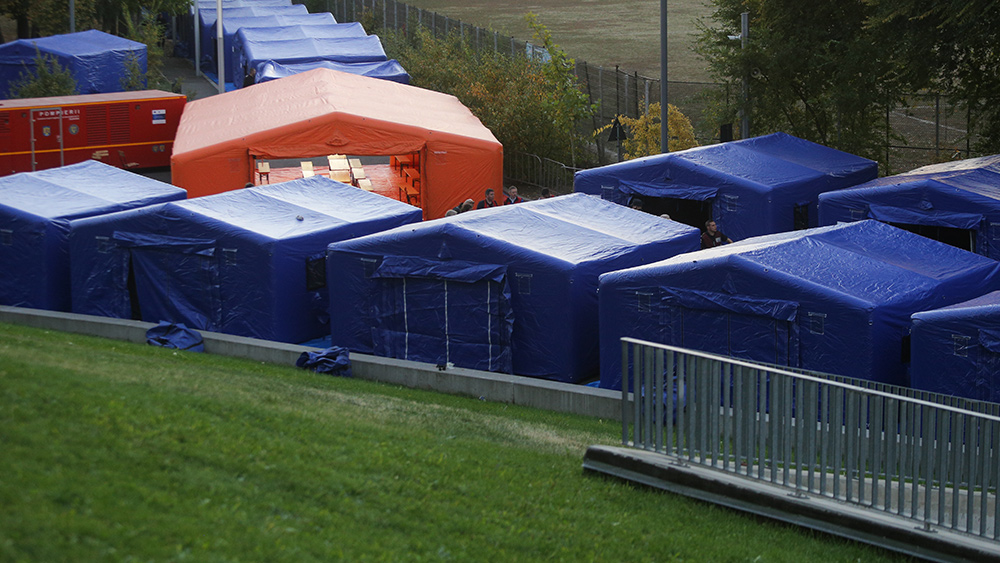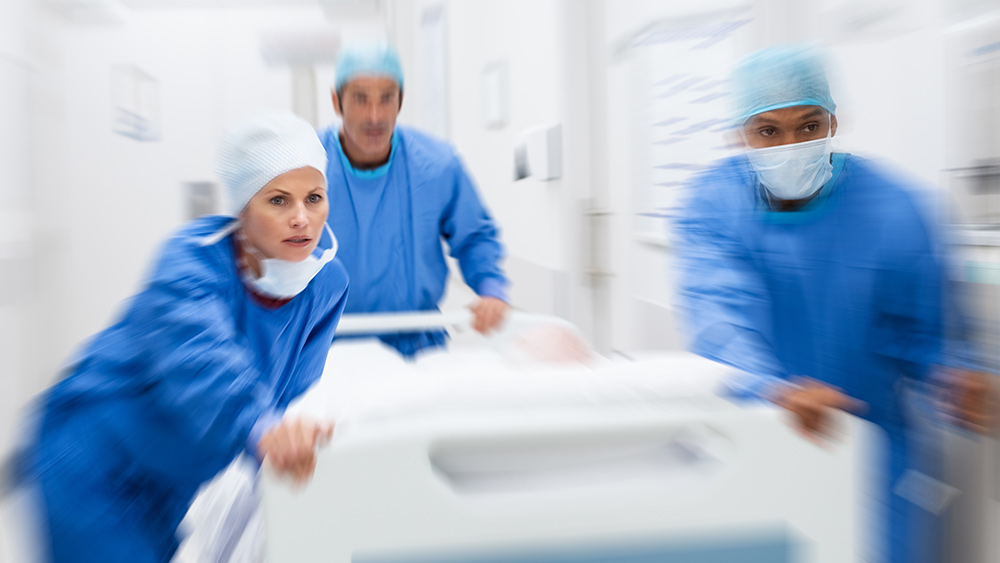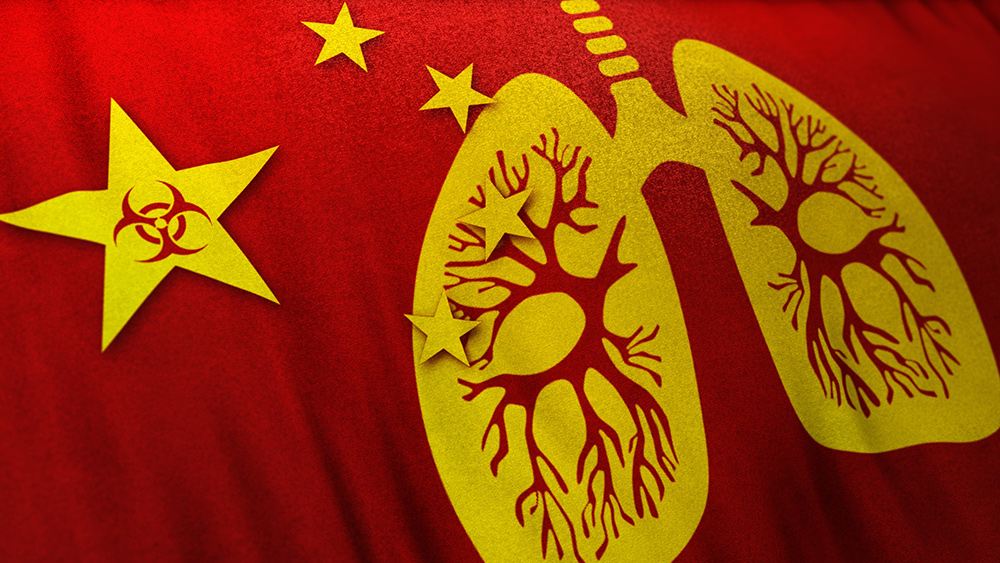Researchers find evidence of ‘hidden consciousness’ days after brain injury
04/06/2020 / By Franz Walker
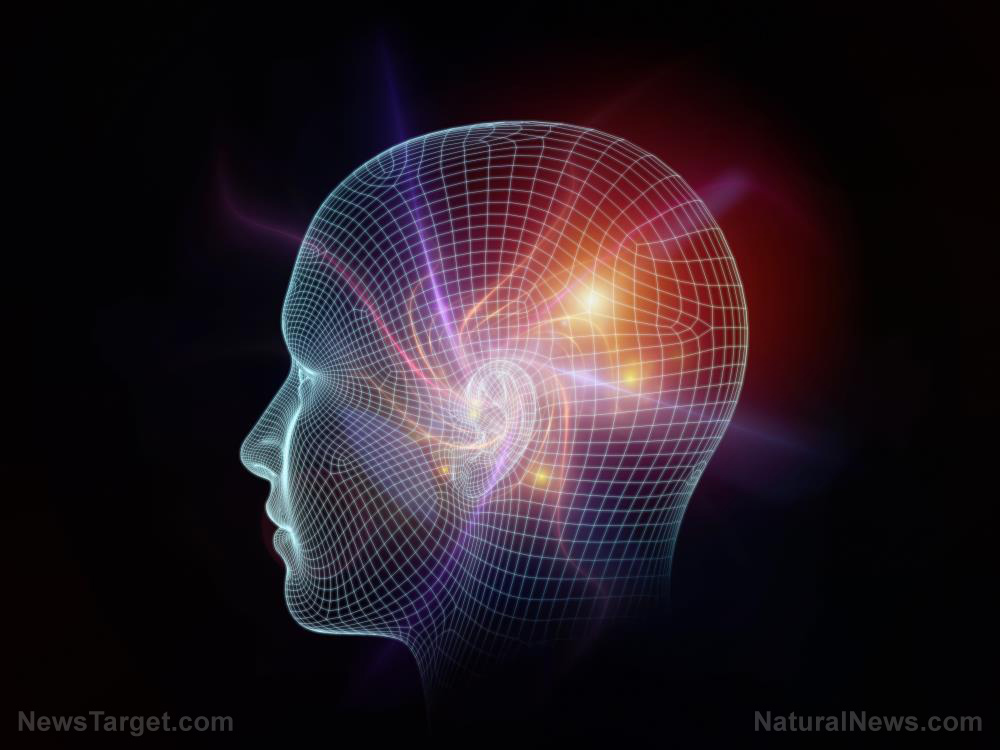
The thin line between life and death as well as the definition of “brain dead” has long puzzled neuroscientists and even sparked debates, lawsuits and media frenzies. A recent study published in the New England Journal of Medicine, however, has found neural hints of a “hidden consciousness” in patients who went on to make full recoveries from traumatic brain injuries.
After taking a closer look at electroencephalography (EEG) data, researchers at Columbia University and New York-Presbyterian Hospital found that nearly one in seven brain-injured ICU patients show evidence of a hidden consciousness just days after their injury. According to the researchers, patients that exhibited these signs were more likely to recover.
“Though our study was small, it suggests that EEG–a tool that’s readily available at the patient’s bedside in the ICU in almost any hospital across the globe–has the potential to completely change how we manage patients with acute brain injury,” says lead author Jan Claassen, an associate professor of neurology at Columbia University‘s Vagelos College of Physicians and Surgeons who also serves as the director of the Neurological Intensive Care Unit at NewYork-Presbyterian/Columbia University Irving Medical Center.
At the moment, there is still no perfect way to predict an unconscious, brain-injured patient’s chances of recovery. However, as the study shows, there may be a relatively fast and easy way to find signs of hidden consciousness in unresponsive patients and weigh their chances of survival. (Related: Curcumin may protect the brain after a traumatic brain injury.)
Finding the hidden consciousness
To identify the signs of the hidden consciousness in patients, the researchers trained a machine-learning algorithm to assess 104 intensive care unit (ICU) patients. All of the patients had recently sustained a major injury and were left unconscious and unresponsive.
However, since regular EEGs are not sensitive enough to detect consciousness in critically ill patients, the researchers had to develop a new method.
According to the researchers, they asked the patients to open and close their hands or to stop opening and closing their hands while being scanned with an EEG. The data from the EEG scans were then fed into the machine-learning algorithm to look for signs that a patient detected a difference between the commands. If the pattern of activity between the commands was different but reproducible, then it suggested that the patient understood the commands, but couldn’t move.
With this test, the researchers found 16 who demonstrated signs of hidden consciousness. Of the 16, half of them went from being unresponsive to being able to follow commands by the time they were discharged. That was double the proportion compared to patients who could do the same but had no hidden consciousness.
Even more remarkable was the fact that one year after they were discharged, seven of the patients or 44 percent of those with hidden consciousness were now able to function on their own for eight hours a day. Meanwhile, only 14 percent of the 89 patients who didn’t have the same brain activity were able to do the same.
“This study shows that some patients who are unresponsive for days or longer may have cognitive processing capabilities sufficient to distinguish commands, and those patients have a higher chance of recovering,” stated Dr. Jan Claassen, an associate professor of neurology at Columbia University and lead author of the study.
Moving forward
While the study showed that being able to find the so-called hidden consciousness through EEG monitoring is a good indicator of a patient’s chances of recovery, the team isn’t pushing for the method to be used in hospitals just yet, as some challenges remain with the process that need to be overcome first.
The EEG monitoring method itself presents some technical challenges of its own — the neurological exams will need to be performed once or twice a day as consciousness fluctuates after brain injury. The spoken commands will also need to be highly synchronized with the EEG recordings. On top of this, hospitals will need to acquire additional computers to do the analysis.
“It’s important to begin monitoring with EEG as early as possible, and to assess at several time points as recovery after a severe brain injury is a complex process,” Claassen explained.
More importantly, Claassen stated that the assessments need to be meticulously designed. If not, then artifacts may be misinterpreted as brain activation if the testing paradigm is poorly designed or the computational analysis is done incorrectly.
Sources include:
Tagged Under: brain health, Brain Injury, consciousness, future science, hidden consciousness, machine learning, neuroscience, rain damaged, research, Unexplained

